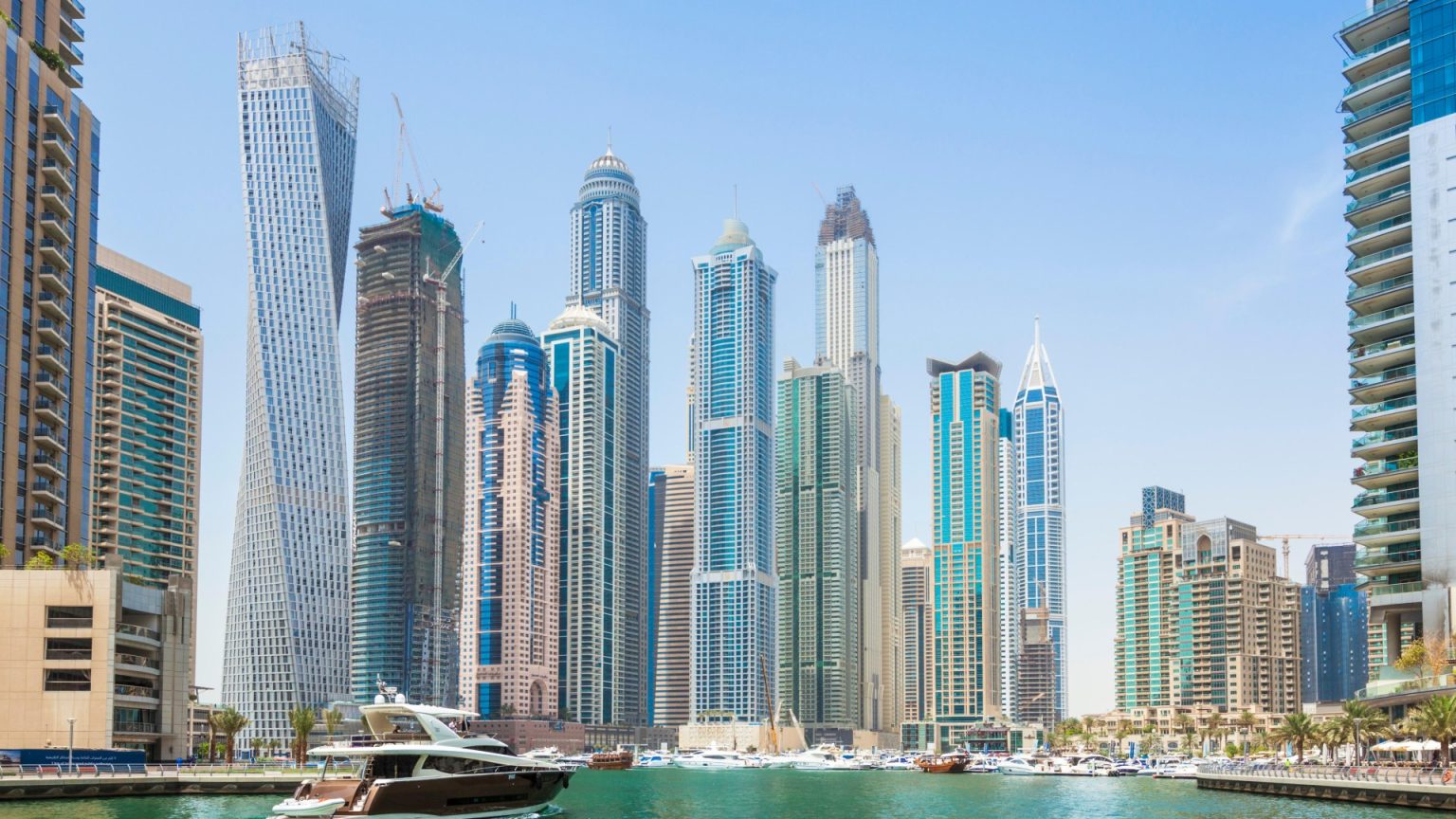Dubai’s meteoric rise from a humble fishing village to a global metropolis is a testament to its ambitious vision and rapid development. Just a few decades ago, Dubai was a vastly different landscape, primarily desert terrain dotted with small settlements and the occasional camel traversing the sands. The early 1960s saw the construction of Dubai’s first airport, marking a significant step towards modernization, although the area remained largely undeveloped. The discovery of oil in 1966 proved to be a turning point, catapulting Dubai into the global arena. The influx of oil wealth fueled rapid infrastructure development, transforming the city’s landscape and attracting international attention. Early photographs of Dubai Creek reveal a modest fishing port, a stark contrast to the bustling waterway and towering skyscrapers that define its present-day image. The traditional mode of transport, camels, highlights the city’s roots in a pre-modern era, a world away from the luxury cars that now dominate its streets. Architectural marvels like the Palm Jumeirah, an artificial archipelago, were yet to be conceived, illustrating the sheer scale of transformation the city has undergone.
The discovery of oil in 1966 marked a pivotal moment in Dubai’s history. The sudden surge in wealth fueled a period of unprecedented development, transforming the city’s modest infrastructure into a modern marvel. The construction of the Dubai World Trade Centre signaled the city’s ambition to become a global commercial hub. The expansion of Dubai Creek and the construction of Sheikh Zayed Road, the longest highway in the Emirates, facilitated trade and connectivity, laying the foundation for future expansion. Sheikh Zayed Road, now lined with iconic skyscrapers including the Burj Khalifa, became a symbol of Dubai’s architectural prowess and its ambition to push the boundaries of design and engineering. The Burj Khalifa, completed in 2010, stands as a testament to this ambition, soaring 830 meters into the sky and holding the title of the world’s tallest building. This period of rapid development set the stage for Dubai’s evolution into a global tourist destination and a center for commerce and innovation.
The late 20th and early 21st centuries witnessed Dubai’s relentless pursuit of architectural innovation and its transformation into a city of skyscrapers. The skyline, once sparsely populated, became increasingly crowded with towering structures, each vying for a place in the cityscape. Photographs from the 1990s capture this dramatic shift, showcasing a skyline in transition, with new buildings emerging amidst the older, lower-rise structures. The construction of the Burj Khalifa, documented in photographs from the early 2000s, provides a visual record of the city’s vertical growth. This period also saw the emergence of iconic projects like the Palm Jumeirah, a testament to Dubai’s engineering ingenuity and its willingness to reshape the natural landscape. The city’s built-up area expanded exponentially, reflecting its rapid development and its ambition to create a modern urban environment.
Dubai’s continuous evolution is exemplified by its ongoing development projects and its vision for the future. Despite already boasting a skyline filled with 263 skyscrapers, the city shows no signs of slowing down. Projects like The Muraba Veil, an ultra-thin skyscraper, and the Tiger Sky Tower, with its record-breaking infinity pool and restaurant, demonstrate Dubai’s commitment to pushing the boundaries of architectural design and creating unique experiences. The Dubai 2040 Urban Master Plan, announced in 2021, outlines the city’s long-term vision for sustainable development, emphasizing green spaces and nature reserves alongside plans for expanding tourism and hotel capacity. This forward-looking approach suggests that Dubai’s transformation is far from complete, with future developments promising to further reshape the city’s landscape and redefine urban living.
The contrast between historical images of Dubai and its present-day appearance is striking. Photographs from the past depict a simpler way of life, with locals relying on camels for transportation and the Dubai Creek serving as a modest fishing port. The absence of the now-iconic skyscrapers and artificial islands highlights the dramatic changes that have occurred. The transformation from a desert landscape to a bustling metropolis with a modern infrastructure is a testament to Dubai’s ambitious vision and its rapid development. This visual comparison underscores the scale of change and the city’s commitment to innovation and modernization. The journey from a small fishing and pearl-diving village to a global hub of commerce and tourism reflects Dubai’s remarkable transformation and its ability to adapt and evolve.
Dubai’s transformation has been remarkable, moving from a reliance on traditional industries like fishing and pearl diving to embracing oil wealth and subsequently focusing on tourism, trade, and real estate. This shift reflects a conscious effort to diversify the economy and establish Dubai as a global player. The city’s leadership has played a crucial role in driving this transformation, setting ambitious goals and implementing strategies to achieve them. The development of world-class infrastructure, including airports, seaports, and highways, has been instrumental in facilitating trade and attracting investment. The focus on creating a unique and luxurious experience for tourists has also contributed significantly to Dubai’s success. The city’s ever-evolving skyline, with its iconic skyscrapers and ambitious projects, serves as a symbol of its dynamism and its commitment to pushing the boundaries of innovation. Dubai’s journey is a testament to its ability to adapt to changing global landscapes and to create a vibrant and prosperous future.


